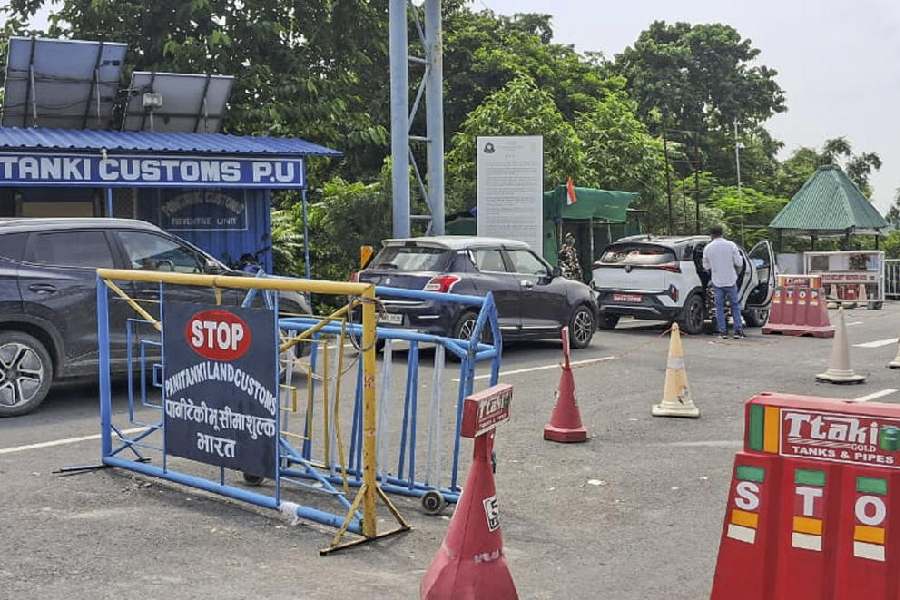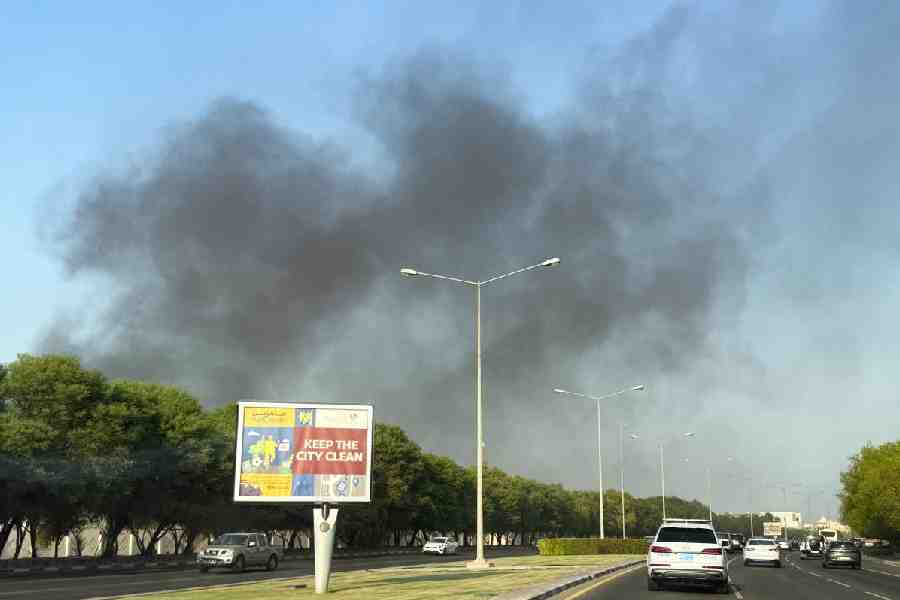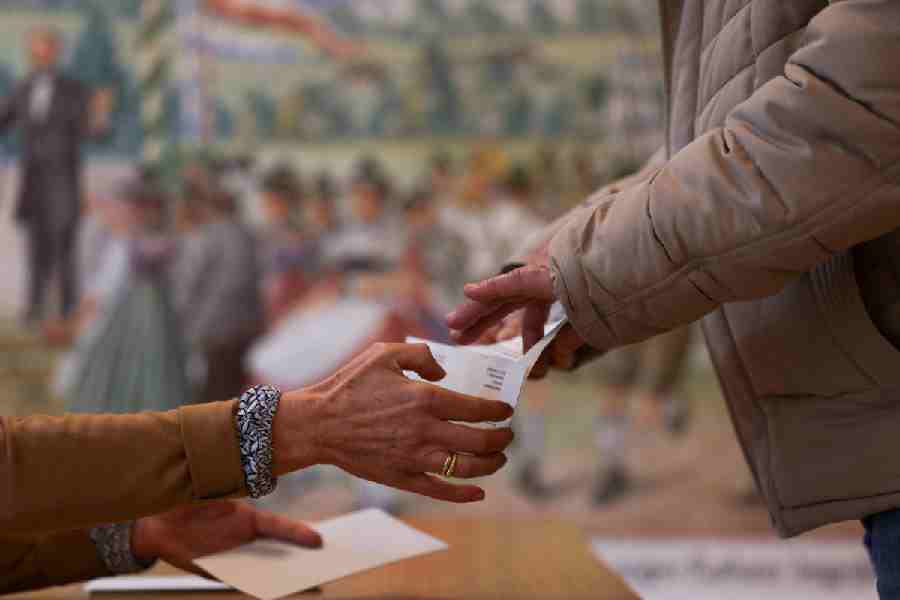 |
| A spoonful of sugar: Making medical preparations too palatable to children is dangerous |
Perhaps tempted by its enticing taste, a six-year-old boy in a New Delhi suburb swallowed all the medicine in a bottle of the fever-reducing drug, nimesulide.
A syrup with two anti-microbial drugs given indiscriminately to children with diarrhoea might not benefit them but might spawn drug-resistant typhoid germs.
A drug company changed the ingredients of a paediatric cold-and-cough medication, adding a substance banned in much of the world.
Long simmering concerns that India?s paediatric consumers ? from infants to teenagers ? may be unwitting victims of a disordered regulatory system that governs the sale of drugs and cosmetics have intensified. Doctors are worried that under current practices of labelling and marketing of drugs and cosmetics, consumers and even doctors may be misled, some children may not receive the most appropriate drugs for their illnesses, while others may even be harmed.
While Maharashtra?s Food and Drug Administration earlier this month questioned certain claims on the labels of baby products by a leading multinational company, doctors have long been worried about the labelling of drugs which, they say, is potentially a more serious issue than labels on cosmetics.
The labels on medicines for paediatric use should specify the age below which a drug should not be administered as well as mention the ?contraindications? ? the specific health conditions under which the drug should not be given. But, doctors say, such information is often not found on the labels of paediatric medications.
Drug companies have been known to change the ingredients of drug formulations without changing the brand names of the drugs. One paediatrician was surprised to find that a company had added a drug called phenylpropanolamine into a cold-and-cough medication. Phenylpropanolamine is banned in much of the world because of a risk of strokes.
?There are no standards in India on labelling or naming of drugs,? says Dr Subhash Arya, a senior paediatrician in New Delhi and chairman of the Committee on the Protection of the Child as a Consumer of the Indian Association of Paediatrics (IAP). Arya cites the example of a drug used in the treatment of epilepsy. A formulation from one company contained 30 mg drug per 5 ml of the syrup, while another company had a formulation containing 125 mg drug per 5 ml, Arya says. A patient who substitutes one drug for the other might get convulsions from a dose lower than required, or toxicity from a higher-than-required dose.
Medical experts also caution that clubbing all paediatric formulations under a single class of medicines is also potentially harmful. ?You can?t treat a week-old child just as you would a 12-year-old,? says Dr Chandra Gulhati, editor of the Monthly Index of Medical Specialities, India. There could be subtle but important differences in how infants would process a drug through their bodies and how older children would process the same.
Yet, there are drugs in use among children in India that have never undergone adequate clinical trials in the age groups receiving them. ?Nimesulide syrup is an example. It has not undergone clinical trials in children in India,? says Dr Gulhati. Metoclopramide, a drug used to prevent nausea and vomiting, is another case of a medicine not permitted in patients below 18 years in most of the world, but continues to be permitted for paediatric use by India?s drug authorities.
The case of the six-year-old who swallowed nimesulide, doctors say, highlights the need for childproof caps on bottles as well as efforts by manufacturers to temper the taste of their syrups. ?While the syrups should be palatable enough for children, manufacturers don?t need to make them delicious,? says Gulhati. The boy who had consumed the contents of the nimesulide bottle had to be hospitalised, but survived.
Within the medical community there appears to be debate on whether India is ready for syrup bottles with childproof caps. Some doctors are worried that adults may not be able to adequately close the caps. ?Leaving bottles half open would make things worse,? says Arya.
Indian children, like adults, may also be recipients of irrational combinations of drugs ? two or more drugs combined into a single tablet or a syrup. The combination of the two anti-microbials ciprofloxacin and tindidazole, for instance, sometimes used to treat diarrhoea, may give rise to the emergence of drug-resistant typhoid microbes. Combinations of certain other drugs prescribed to paediatric patients may result in children receiving unnecessary medications.
rational thought
The IAP committee on protection of the child as a consumer plans to take steps to reduce the use of irrational combinations in children’s drugs. Combinations of two or more medicines in a single drug have been a major concern among doctors. Experts estimate that India’s pharmaceutical market is brimming with dozens of irrational combinations of drugs, some of them prescribed to children.
Irrational paediatric combinations can result in children receiving drugs they do not really need. Health activists and drug experts have long been urging the drug controller authorities to ban such irrational combinations to little avail. Now, committee chairman Subhash Arya plans to ask IAP speciality disciplines to compile a list of rational combinations of drugs and circulate them to its 15,000 members nationwide. “We expect it to be a short list. There won’t be too many rational combinations,” says Arya.










